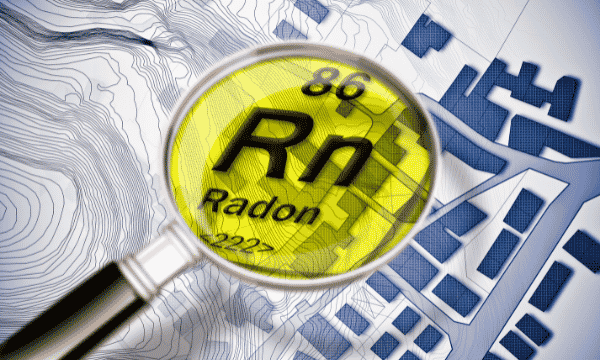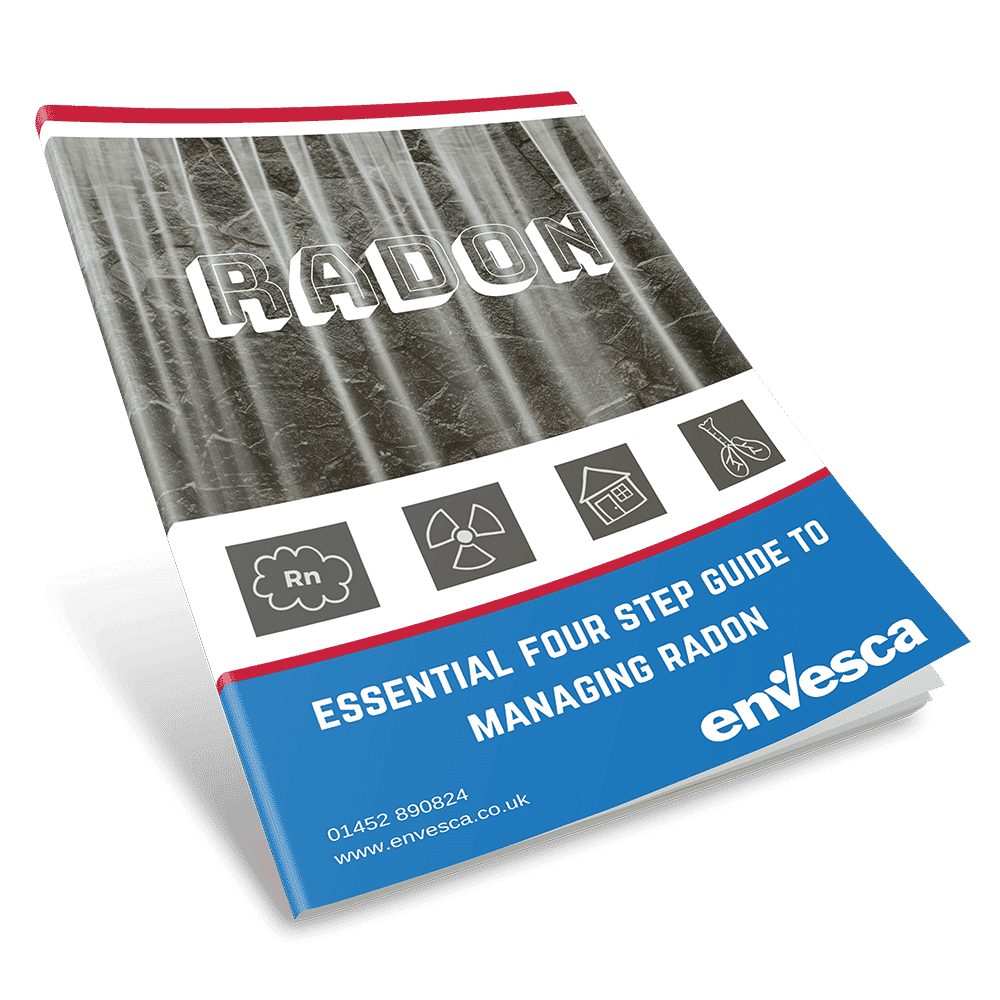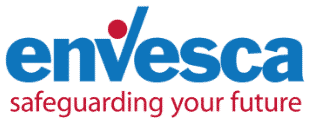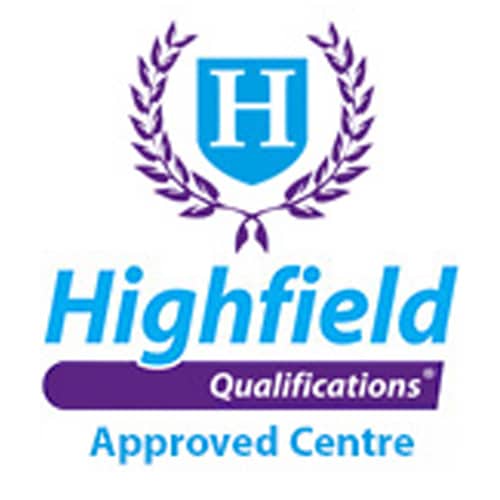What Is Radon And Why Is It Dangerous?
So what is Radon and why is it dangerous? In this article, we outline the steps you should take to carry out the required risk assessment for radon.
Chances are, you know very little about it, however as an employer you have a duty to risk assess your workplace for its presence and protect your employees from exposure to it.
Radon is a naturally occurring, radioactive gas, found all over the UK. It is a decay product from uranium which occurs in soils and rocks, hence why basements of buildings and underground workplaces are most at risk from ingress of radon. Radon itself decays into “radioactive progeny”.
It is these products that cause the problem. They stick to solids such as dust particles and if inhaled then stick to the airways of the lungs. They continue to emit radiation in the form of alpha particles, causing localised damage to the surrounding tissue, eventually leading to cancer. Some areas of the UK are more likely than others to be affected by radon gas, however, all employers regardless of where they are located must risk assess for radon.
Radon should be identified as a hazard if you have a workplace with one or more of the following circumstances:
- it is a building in an affected area
- it has a basement area that is occupied for more than about 50 hours each year
- it is a mine, cave, or other underground environments
- it has a suspected source such as groundwater (e.g. treatment works) or geological samples
The first step to take for risk assessment is to identify whether or not your workplace is located within an affected area. It is important to note that even if your workplace is in one of these areas, your specific premises is not necessarily affected. The interactive indicative atlas is available on the UK Radon website. You can also pay a small fee to consult the Radon Dataset which will give you information specific to your building, rather than the general area.

Action Steps To Take
If your premises or workplace is in an above-ground location and lies on a white area of the map, measurements will not be necessary as the risk of radon exposure is low. No further action is required.
If your premises or workplace is in an above-ground location and lies on a coloured area of the map, then you will need to take measurements in appropriate ground floor rooms.
If your premises or workplace includes an occupied below-ground area, for example, a cellar, that is occupied for on average more than 1 hour per week or there is an open water source, then a survey is required regardless of whether or not your workplace is located in an affected area or not.
Radon Surveys
Surveys are easy to carry out and involve leaving small, plastic, passive detectors in certain rooms. These detectors must be supplied by a validated laboratory, but can be sent out and returned in the post making the process relatively inexpensive. Results can be very different from building to building, so you cannot rely on readings from neighbouring buildings as guidance. Buildings built after 2000 in affected areas must have control measures built in as outlined in the Building Regulations.
If your radon levels are found to be less than 400 Bq/m3 (radon is measured in Bequerels), then the only action required is to repeat the survey at periodic intervals as radon concentrations can vary over time. The HSE suggest an interval of ten years if levels are well under 400 Bq/m3 and less than ten years if levels were approaching the limit.
Implementing Further Control Measures
If you have radon levels over 400 Bq/m3, the Ionising Radiations Regulations 1999 will apply and you must implement further control measures to protect your workforce. New buildings in affected areas are built with radon-proof membranes under the floor slabs. In areas that are particularly badly affected radon sumps will be installed. Buildings built before 2000 will not necessarily have these control measures in place.
It is not possible to retrofit radon-proof membranes, however, sumps can be retrofitted. A sump is a small cavity underneath the floor slab where an electric pump is fitted with a vent pipe running to fresh air. They work by reducing air pressure, thus drawing the radon into the sump where the pump will send the radon through the vent pipe to air where the radon will quickly dissipate. Other control measures include sealing up any gaps in the structure and improving underfloor ventilation. Once control measures have been implemented, the survey should be carried out again to verify that the concentration has been reduced to acceptable levels.

Limit Exposure To Employees
You can also reduce the risk of exposing employees by limiting the amount of time they spend in the areas of the workplace affected by radiation. This may be possible on a short-term basis whilst other control measures are installed. Alternatively, you may have to look at the use of the premises and rearrange the use of underground areas to reduce the exposure times. Finally, you must inform your employees about the risk assessment. They are entitled to understand the risk of exposure, the effects of radon gas on their health and what control measures you are taking to protect them from harm.
What the Law Says
Under the Health and Safety at Work etc. Act 1974, employers must, so far as is reasonably practicable, ensure the health and safety of employees and others who have access to their work environment. The Management of Health and Safety at Work Regulations 1999 require the assessment of health and safety risks and this should include radon. The Ionising Radiations Regulations 1999 (IRR99) come into effect where radon is present above the defined level of 400 Bq/m3.
So, let's get started ....
Visit www.ukradon.org which is Public Health England’s reference website for radon. Take the first step to risk assessment by consulting the indicative atlas for your area to see if it is a designated “Radon Affected Area”.
If you have a question or enquiry about health and safety, please call the team on 01452 502113 or complete our enquiry form.
Find this helpful?
Signup to our email notifications to receive alerts when we publish new blogs. We promise not to spam your inbox, you will just get a short snappy intro to Health and Safety articles we think you will love.
"*" indicates required fields

Essential Four Step Guide to Managing Radon
If you’ve got a question or query, please contact our super friendly team, they will be delighted to help you!
Simply get in touch via phone or email.

Free
Resources &
Downloads
Informative. Useful. Practical.
Here at Envesca we believe that we are good at giving proactive, sensible and useful advice. Below you will find some free resources that you can download on a host of subjects that will help you and your business.
Training Available
Envesca offer a number of different training courses, which offer advice and guidance on these topics.




